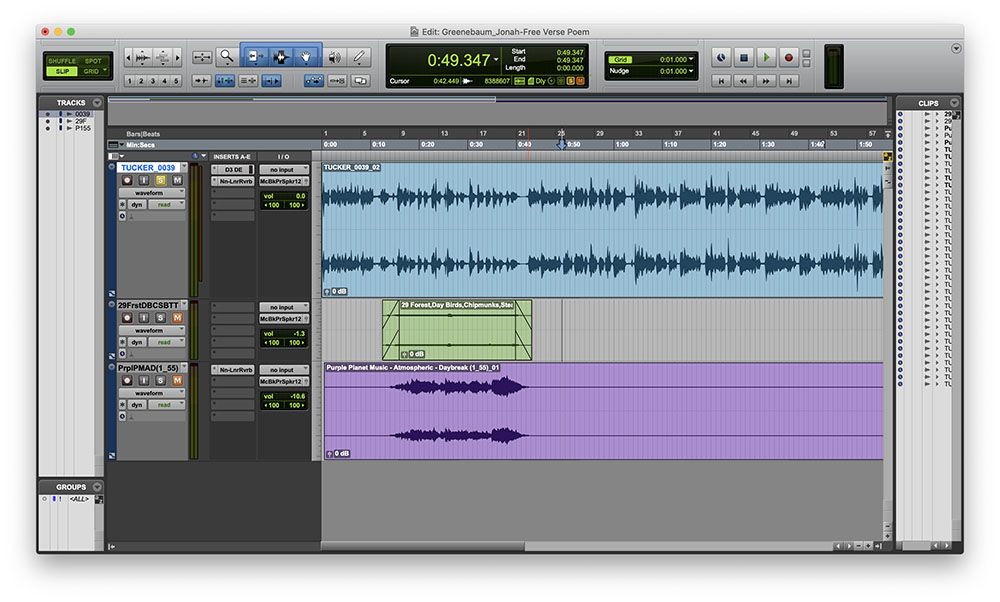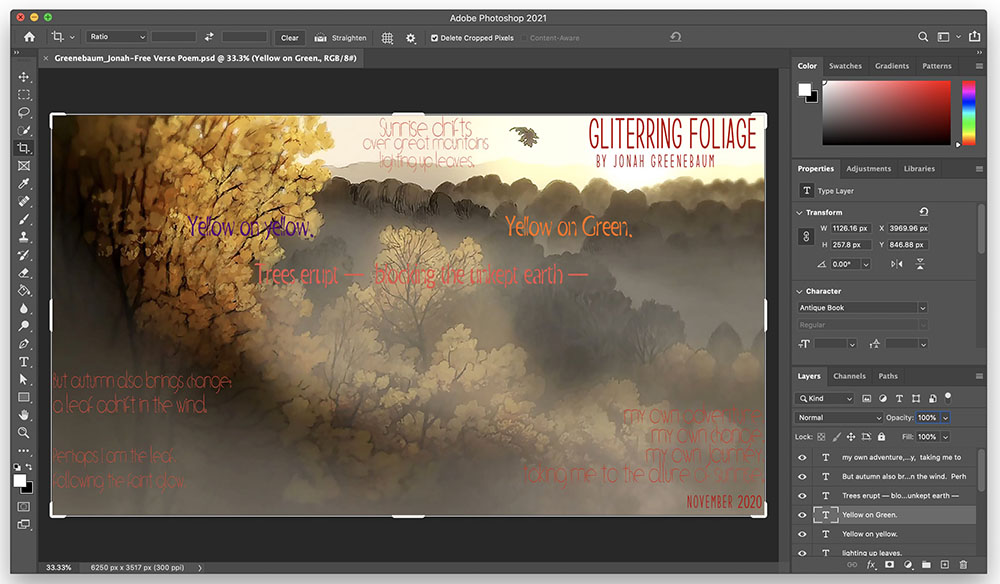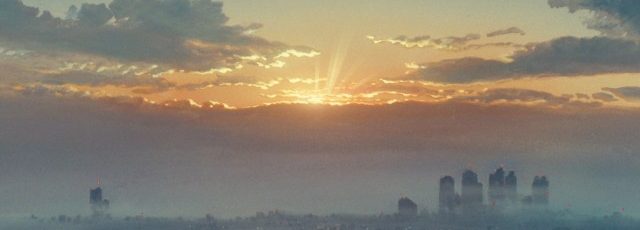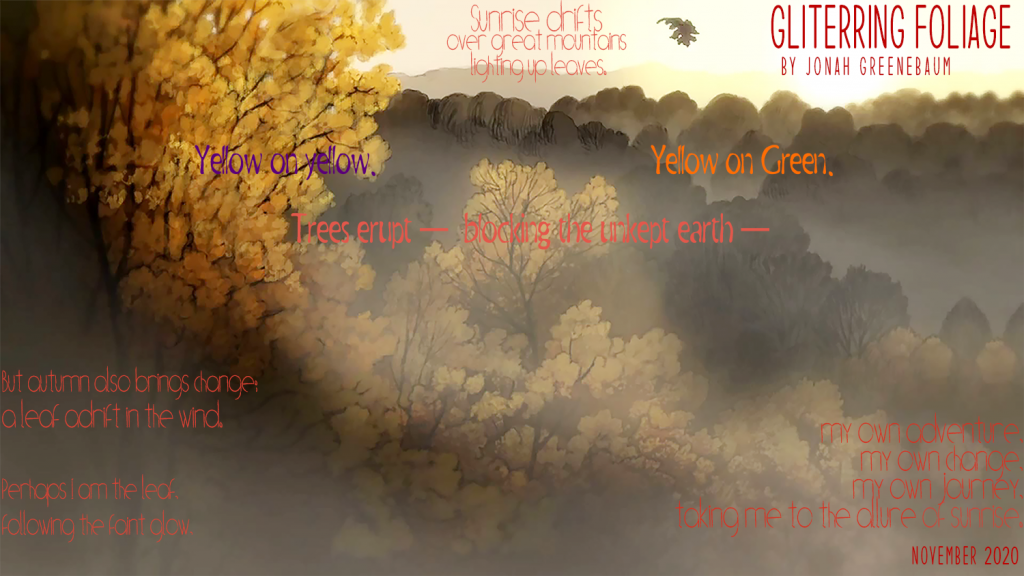Introduction
“How can I use unconventional forms to express myself?”
In the Conceptual Unit here at Freestyle, my fellow students and I developed our technical expertise in art with professional equipment and programs such as DSLR Cameras, Tascam Audio Recorders, Adobe Photoshop, Adobe Animate, Adobe Premiere Pro, Adobe After Effects, Adobe Audition, Avid Pro Tools, WordPress, and Google Apps. We used these new skills to creatively express ourselves through poetry, music, art, animations, experimental film, and web production, taking risks, and challenging our personal perception.
Freestyle has allowed me to learn and develop skills in a variety of artistic software that I had never even considered before joining. I’ve been able to push myself in how I communicate my own creativity and persona in new areas as well as building upon what I’ve already known in old ones. The program also has given me the opportunity to discover with who or in what conditions I work or don’t work well in and how that can affect my process.
photo Haiku
The Photo Haiku Project was a combined effort in English and Digital Media, studying the background and classical techniques of haiku to create our own using given concept statements. We were then challenged to find a metaphorical image that fit with the haiku, record our own voice reading it, and add sound effects to create a full image.

This project taught me many of the basics of premiere: how to naturally transition text, how to fade in and out audio, and how to balance different effects with my voice to create the sound I want. It also helped me begin to think more metaphorically and meaningfully in both what I write and the photos I take; how to blend imagery with words.
Free Verse Poetry
Another project spanning between English and Digital Media, our free verse poetry unit expanded upon much of what we began with haikus, allowing us to spread our legs and have fewer limits on creativity. This time, we had no guiding concept statement, rather writing a poem purely from our own minds and small poetic inspirations. From this, we created our own intention statements.
“Glittering Foliage” is an ekphrastic, free verse poem based on a digital background created by Nick Cross for the 2014 show “Over the Garden Wall”. Throughout the image, there is a theme of change: a sunrise coming over the mountains; the orange and yellow leaves spreading through the forest. I wanted to try to capture that with my poem. I imagined a hiker or explorer—maybe a new one— looking out on the scene upon them. Maybe they are dreaming, maybe philosophizing, or maybe they would be the ones painting the scene itself. The scene is supposed to have a more thoughtful tone that gradually grows a little more personal, but still has an aura of unpredictability: of not quite knowing what lies ahead. Due to this, the entire poem starts more descriptive, illustrating the vista before them. The first stanza is entirely a vivid description of the light and how it shines, perhaps the most beautiful part of the image. The enjambment rolls one line into another like a single thought of the world. The second stanza starts to emphasize the change that is happening, but still within the context of the nature laid on in front of them. A little more focused, but still vague ideas using the world. The punctuation and end-stops almost give that feeling of a thought being a little scattered and observational when there is an indistinct focus. It had a cadence but didn’t flow perfectly seamlessly. It doesn’t quite make sense from a grammar stance, but the pauses, and emphasis created, reflect the speech inside the narrator’s mind. The words recount the world through the lens of altercation as it begins to be noticeable to the narrator. The poem then dives completely into that change, using the drifting leaf as an objective correlative. Using something small, a part of that bigger world, drifting through the landscape, unsure of its journey. The leaf is a representation of that autumn change or, at least, the most clear depiction of it. It is something individual in that grand sea that is also changing. It is the fish that the poem begins to focus on, and that the narrator begins to relate to. Suddenly, it isn’t about that vastness, but about the small within it. The following stanza two stanzas have the narrator associate himself with this smallness in the context of the larger land, putting more and more stress on where they are going. The same place as the leaf. This metaphor of the narrator to the leaf recontextualizes the thoughts from the rest of the poem as well. Just like that new explorer, the growing understanding clicks. The trees before were mentioned as obstacles, but now they are their obstacles. The sunrise mentioned is their destination. That repetition of “my own” is the narrator, and the reader, taking the view into their own hands: internalizing the change for the voyage ahead. The imagery isn’t just described beautifully, it means something. The world isn’t just changing, they are.
Most of my critiques for this when I originally presented it was a lack of a personal touch or much detailed description. They also wanted me to make it more narrative. I tried to add more imagery that applied to the metaphor (the trees and autumn change) and more of the narrator feeling near the end (“my own” repetition) but didn’t want to make it a real narrative of a poem as I felt the drawing didn’t have a narrative tone. To me, it had a more philosophical and wondrous tone. The story wasn’t behind the watcher but in front of them.


Even more so than the haiku, this project forced me to focus on the image I wanted to create in my mind. Though mine was an ekphrastic poem, there was little guidance on anything past that including the goal or meaning of the poem. This allowed me to need to create an image of the scene I was describing. Not just of the background, but of the story behind it—of the sounds and narrator. It also taught me more about composition as I had to try and compose a longer poem in someone else’s image. It taught me to figure out where and how to show a poem through my vision.
Elements and Principles of Art
The fundamentals of art are essentially designed to captivate an audience. In order to learn the foundations of doing this, we put together a slideshow demonstrating the Elements and Principles of Art.

Experimental Film
Using the same concept statement as for our photo haikus, the Film class was tasked to create an experimental film that used abstract imagery and concepts to display the emotion of your statement in a specifically non-narrative form. With this project, as in this class, we worked with others to collaborate and build ideas for the final product before putting together the final product on our own or with fewer people. This class has been great to help understand how collaboration factors into creativity and how much it can elevate ideas. I was only really into narrative filmmaking before this, so I struggled a lot with this and other assignments fundamentally, and having others to help was a big part of making it at least mediocre. It was also nice to simply step into those categories in this class and figure out how much time and effort things take and what is or isn’t for me.
My concept statement of “exploring the feeling of hopefulness through taking a leap of faith” is one I found more difficult to do in an experimental film compared to something like a narrative. I decided to still have a “main character” but without any real arc. The first, and obvious, metaphor is stepping into the portal is the leap of faith. Going from the ordinary world of the one’s bedroom to someplace more mysterious and terrifying; the unknown. The mess of things and growing overstimulation are supposed to be representative of that unknown. Varieties of different things from the future and from the past feel like they’re in your mind, but nothing makes sense. The way everything fits is so new and it’s hard to make it out and understand what is going on. Then, oftentimes, you’ll find something new in that unknown. Perhaps not the bathing you’re looking for, or are even aware of, but something that takes all your attention. This is that fall. They are so overwhelmed that it comes as a surprise, but it takes their attention (by blacking out)—or maybe everything is too much. But by the end, the hope is that you will grow. You’ll become a different person from that unknown and that experience, what the older person represents.
This film was not especially complicated to shoot. Over a few days at sunset, and indoors, most shots were fairly simple with the time limit being the only minor complication. Post-production was more difficult. Specifically the VFX. The SFX, again, were fairly simple, putting them in and increasing volume as it continued to varying degrees. However, the VFX were much more difficult, having to green screen from a few angles, and then moving their masks by hand due to my lack of knowledge and match color. It took up the majority of time.


